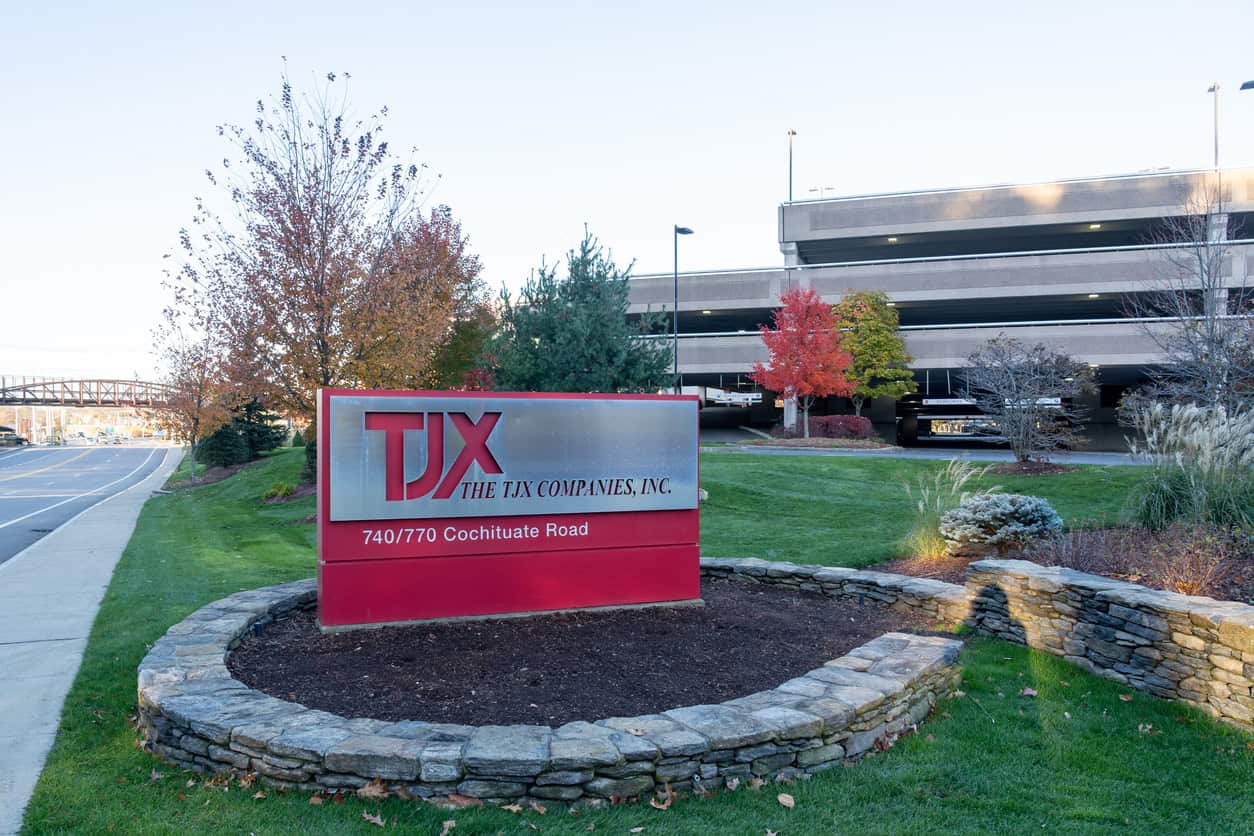
iStock.com/JHVEPhoto
Can TJX Get a Lot Bigger?
The TJX Companies Inc. earned some headlines last week for telling the investment community it still sees the potential to open “1,300-plus” stores with its current banners in existing countries.
John Klinger, EVP and CFO, said on its first-quarter analyst call, “We still see ability to grow our store base in the U.S. and Canada. And in Europe, also…particularly in Germany.”
At the close of the first quarter, TJX had 4,972 stores, including 3,601 TJ Maxx, Marshalls, HomeGoods, Homesense, and Sierra banners in the U.S.; 567 Winners, HomeSense, and Marshalls units in Canada; 722 TK Maxx and Homesense locations in Europe; and 82 TK Maxx in Australia.
Ernie Herrman, TJX’s CEO, said on the call, “Our off-price business model is extremely flexible and resilient and I believe we are set up for a long runway of exciting growth in our geographies around the world.”
He said TJX’s treasure hunt experience continues to broaden its appeal across income and age groups. He said, “We continue to attract new Gen Z and millennial shoppers to our stores, which we believe bodes well for our future growth.”
Herrman also wasn’t concerned about losing market share to discounters from China, SHEIN, and Temu. He said both are “so commodity-driven” and TJX’s “good, better, best” branded merchandise mix remains a key differentiator. He said, “I could see that their business model could overlap with some other brick-and-mortar guys or some other online guys for sure. But we just don’t see that as bumping up with our customer base or end use.”
Finally, he said that with its more than 1,300 global buyers and over 21,000 vendors in more than 100 countries, TJX has “plenty of quality branded merchandise” available in the marketplace to support growth targets. He said, “Throughout our history, availability of inventory has never been an issue. In fact, in recent years, we have seen availability become even better as vendors look for additional ways to grow their businesses. We’ve opened thousands of new vendors, which keeps our store assortment fresh.”
This year, TJX plans to add 111 in the U.S. and 30 overseas.
TJX’s major competitors also recently outlined ambitious expansion ambitions.
In March, Ross Stores said it remains confident that it can grow its flagship Ross banner to 2,900 locations and dd’s DISCOUNTS to 700 locations “given consumers’ ongoing focus on value and convenience.” At the close of the year, it operated 1,764 Ross stores in 43 states, largely in the western half of the country, and 345 dd’s DISCOUNTS stores in 22 states.
Last November, Burlington Stores announced plans to open 500 stores within five years. The focus will be on smaller, 25,000-square-foot locations in high-traffic strip malls while strategically repositioning or downsizing older, oversized, and less productive locations. Burlington ended the year with 1007 stores in 46 states.
For the current year, Ross plans to open 90 stores; and Burlington, 100. TJX and Ross are on track for continued growth.
Officials at Ross and Burlington have been similarly enthusiastic about off-price’s long-term potential.
“This is my third decade in off-price retail,” said Michael O’Sullivan, Burlington’s CEO, last November. “And as long as I’ve been in the industry, there have always been some commentators who are worried that off-price is going to run out of market share or run out of supply or that it will be eclipsed by some new innovative business model or perhaps some new technology. Now of course, it’s important that we always be alert to those kinds of structural risks, but I have to say that I’m extremely skeptical. I see nothing out there that seriously threatens the long-term growth of off-price.”
Discussion Questions
Do you see robust expansion potential for TJX as well as for Ross Stores and Burlington Stores?
Is the biggest risk to off-price retail’s growth its overall appeal, access to enough clearance merchandise, competition against each other or emerging discounters, or another factor?
